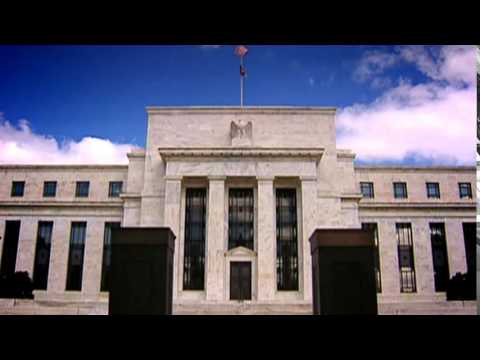15.20: Putting It Together: Policy Application
- Page ID
- 84675
Summary
The goal of this module was to give you an understanding of the strengths and weakness of fiscal and monetary policy to determine an appropriate stabilization policy for a given macroeconomic situation.
You learned how to:
- Explain the Keynesian approach to a given macro problem, and how they would respond to criticisms of their approach.
- Explain the Neoclassical approach to the same problem, and how they would respond to criticisms of their approach.
- Incorporate both policy approaches to synthesize a reasonable response to a specific real world problem.
Examples
Watch these two videos to see contrasting opinions about what factors led to the financial crisis in 2007 and 2008. Consider both the Keynesian and Neoclassical perspectives that you learned about in this module and analyze what changes might have been made to avoid the financial crash in 2007.
The real world is complicated. Both Keynesian and Neoclassical economist have insights to offer. Citizens expect government to “fix” problems in the macroeconomy, but the tools the government has to work with are somewhat blunt rather than precise instruments. Economists have a better sense of how to nudge the trajectory of the economy over the long term, than to accurately offset every short term up and down the economy experiences. This means that while government has some ability to address macro difficulties, it needs to be sure it does more good than harm.
Returning to the scenario posed in the Why it Matters feature, fiscal policy is probably not a good tool to address a small recession. Monetary policy could be loosened a bit, but sometimes the economy is better left to its own devices because government policy lacks precision. Contrast this scenario with that of the Great Recession, when it was clear that the economic downturn was deep and would take a significant time to recover. In that case, it made sense for the government to use expansionary fiscal and monetary policy to speed up recovery. Given that more than five years down the road, the unemployment rate is still high, some economists even argue the government didn’t do enough.
- Authored by: Steven Greenlaw and Lumen Learning. License: CC BY: Attribution
- Video: The 2007 Financial Crash . Provided by: BBC. Located at: https://youtu.be/koyWfIwgmv0. License: CC BY-NC-ND: Attribution-NonCommercial-NoDerivatives
- Video: The Federal Reserve and the Financial Crisis. Provided by: BBC. Located at: https://youtu.be/MaAWQInLLzM. License: CC BY-NC-ND: Attribution-NonCommercial-NoDerivatives



